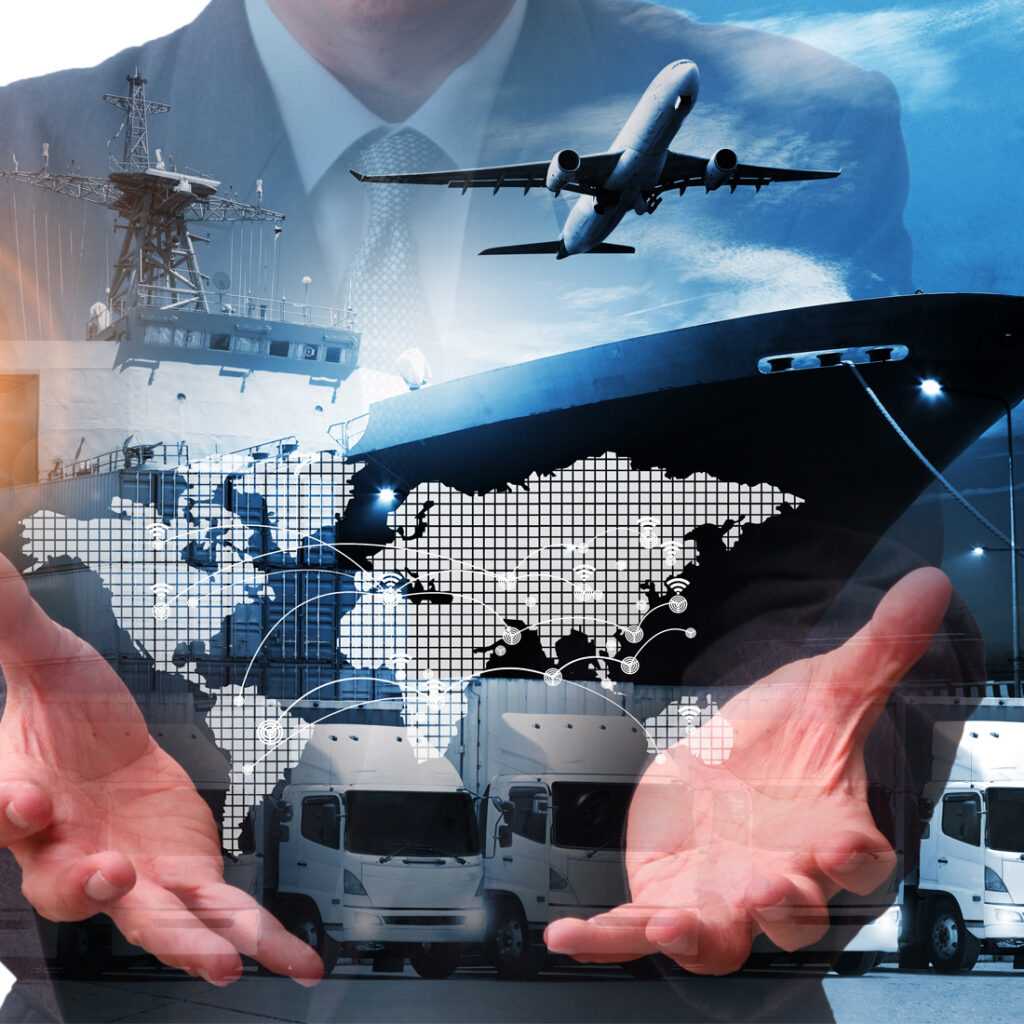
Flying harms our climate, that’s nothing new. If this is taken to its logical conclusion, it means that a company needs to take a closer look at its logistics processes. In procurement logistics, air freight is the main driver in terms of CO₂. It is always more intensive than ocean freight, especially when you break it down to the individual part. But there are alternatives: A large proportion of the goods that have so far been shipped by air – mainly from Asia – can also be shipped by sea. Many textile manufacturers are already working to further reduce the share of air freight in procurement logistics and are relying on the sea route as an alternative.
We have calculated this for our customers using the current BRN must-have label (A3871) as an example: For a quantity of 25,000 labels, the CO2 emissions for sea freight are only just under two percent of the emissions that would occur for air freight. This makes ocean freight fifty times more climate-friendly than flying. (Sea freight: 11.29 grams of CO2 versus air freight 611.62 grams). The figures were determined in accordance with DIN EN 16258.
But switching from air freight to sea freight is not only a win for the environment, it also has economic benefits. Admittedly, there are also counter-arguments, because the sea route from Asia takes longer than the fast transport by plane. Here it can make sense to have urgent partial quantities transported by air, the rest by sea. Even if 30 percent of the goods are transported by air and 70 percent by sea, the potential savings of 68.7 percent CO₂ (instead of 611.62 grams, only 191.39 grams are emitted) is still huge.
We at Bornemann-Etiketten set a good example in terms of sustainability in logistics: We rely on UPS for shipping from Wuppertal, because the UPS Carbon neutral option supports projects that offset emissions caused by the transport of the shipment. And what’s more, our decision to use BRN.CREATE, our digital product development, is an important approach to producing cost-effectively, quickly and sustainably, avoiding transportation costs and replacing physical sampling with virtual sampling.
All this shows: Companies can do a lot about their carbon footprint – even if they produce in Asia. Production in Asia is not necessarily more harmful to the climate than in Europe. For example, if goods are produced near a major Chinese port, go to Germany by ocean freight, and continue on with well thought-out and climate-friendly transport logistics, this can have lower emissions than a delivery by truck that has to travel a long distance within Europe.